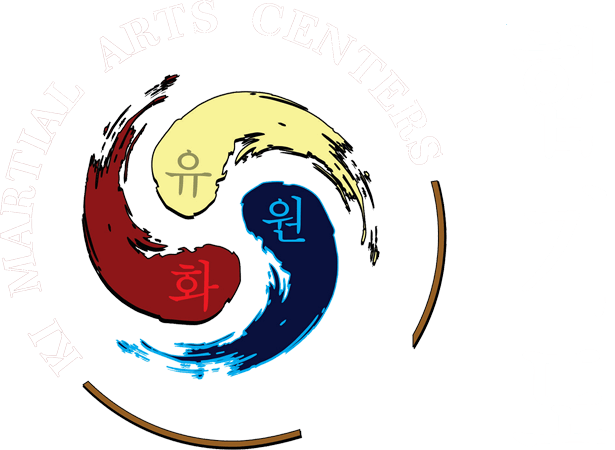The History of Hapkido
- Home
- The History of Hapkido
Hap Ki Do is a traditional Korean martial art. It is a dynamic method of self-defense. It is not used for sport. In Hapkido the opponent’s own force is used against him first to control, and then subdue if necessary. The system is made up of beautiful flowing movements and circular motions. Hapkido is practiced close- in to the opponent, and is a perfect complement to Tae Kwon Do. The system consists of blocks, strikes, breaks, locks, kicks, throws, and defensive weapons. It also includes sword and Kumdo (similar to fencing). Since Hapkido requires a higher degree of skill development than T.K.D., so it is offered to adults & older children (13 and older). H.K.D. is a non-aggressive self-defense system that does not require a great deal of strength. It can be practiced well into the senior years, and is perfect for men, women and people of slight build. It is one of the fastest growing martial art in the world today.
Master Takeda practiced the art of swordsmanship and a weaponless martial art known as Daito-Ryu Aiki Jujitsu. This art emphasized the use of joint locks, strikes, and nerve attacks to neutralize an opponent. The young Choi served as Master Takeda’s assistant and student. Consistent with the training methods of those days, Master Takeda’s training of young Choi was both tough and rigorous.
Michael Wollmershauser, himself a Hapkido master, traveled to Korea multiple times over a 20 year period and he was able to train and speak to Choi himself during many of these trips. Interestingly, at this time, Wollmershauser indicated that sword lessons were commonplace during their Hapkido training. (19) Another one of Choi’s first students, Jong-Bae Rim, echoed the fact during an interview when he said, “he liked the sword.” Further, Master Rim also indicated that during his training with Choi, weapons were regularly practiced and Choi would often practice with Dan Bong (short stick), Jang Bong (staff), sword, rope, cane, belt and throwing weapons. (15)
There have been attempts to discredit various parts of Choi and Suh’s story regarding the evolution of Hapkido and its true history. Indeed, there has been controversy around the development, its symbols and even the name itself. It should be noted however, that these discrepancies did not originate until after the founder’s death.
Further, there is evidence of note that is important for any student of Hapkido history to understand in the light of much of the debate around these issues. During an interview with current Doshu of Aikido, Kisshomaru Ueshiba, Kisshomaru admits to a few interesting facts. He acknowledged that his father, Morehei Ueshiba (Aikido’s founder, also a student of Takeda) had told him that Choi had attended seminars by Takeda held in Hokkaido. He also indicated that “this Korean” had returned to Korea after Takeda’s death and spread Daito-ryu. He went on to say that this art was later called Hapkido and many Koreans studied it (20). He alluded to the fact that this was after many factions broke off into different directions; a “politicizing” of Hapkido which has been well documented and discussed among multiple first-generation Hapkido masters as Choi struggled to maintain a centralized continuity of this new art. Additionally, in 1989 during an interview, Takeda’s son, Tokimune, said the following, “…he [Takeda] traveled from the Karafuto and Chishima Islands in Hokkaido, all the way to Okinawa and even to Hawaii.” (21) Choi had indicated in his interview that he traveled with Takeda to Hawaii, a fact many have sought to discredit. Takeda’s presence in Okinawa is a well documented fact in both Daito-ryu and Aikido circles.
There is no doubt that many of this era’s great masters; Ji Han Jae, Bong Soo Han and Kwang Sik Myung to name a few, have significantly added to the development and proliferation of Hapkido around the world. Chung Do Kwan’s founder, Won Kuk Lee once said, “The evolution of any martial art has been influenced by many masters over time as they taught their own special variations.” (7) There is no doubt that Hapkido, like all arts, have followed the same path and continue to do so as they evolve based on the skills, philosophy and predilections of each Master. Today, it is not uncommon to be able to determine a particular student’s lineage based on the way they do certain throws or kicks.
